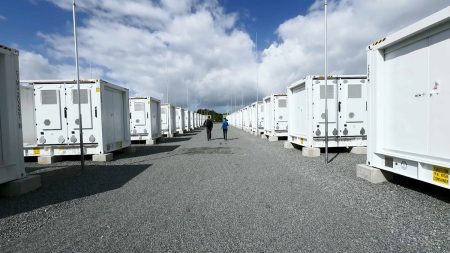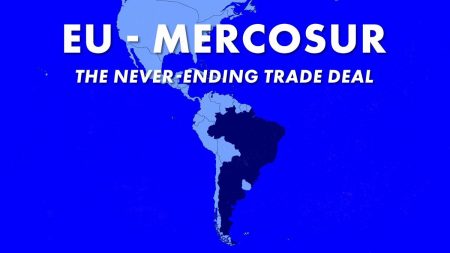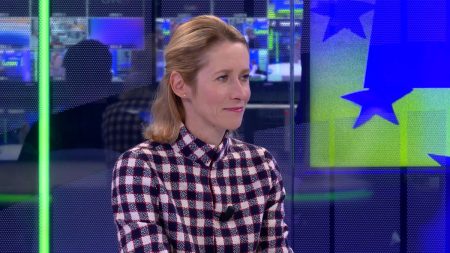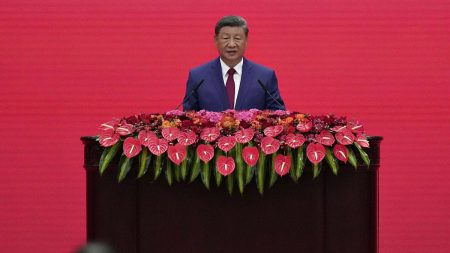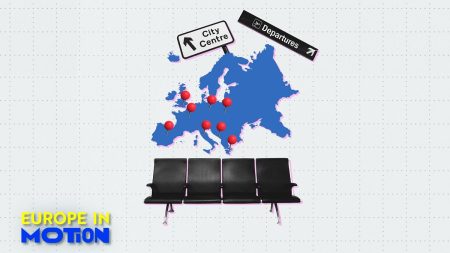The Dutch government announced plans to introduce additional land border checks to tackle irregular migration, following Germany’s similar move in September. This decision was made to address rising anti-foreigner sentiment and tighten immigration controls. The measure, set to take effect on December 9, complies with EU law requiring member states to notify Brussels four weeks before restricting freedom of movement. Dutch Migration Minister Marjolein Faber stated that it is time to tackle irregular migration and migrant smuggling in a concrete way, after receiving Cabinet approval for the policy. Geert Wilders, leader of the anti-immigration PVV party, expressed satisfaction with the government’s decision. However, the border controls will be carried out within existing capacity, with no extra funding allocated for the national policy force response for border checks.
The Netherlands has hundreds of land border crossings with neighbouring Germany and Belgium, with the police currently conducting spot checks. Faber emphasized that the border controls must be carried out with minimal traffic disruption. Germany initiated similar checks on its borders with France, the Netherlands, Belgium, Luxembourg, and Denmark in response to recent extremist attacks. Both Germany and the Netherlands are part of the Schengen area, a border-free travel zone that includes most EU member states along with Iceland, Liechtenstein, Norway, and Switzerland. According to EU regulations, member states are allowed to temporarily reintroduce controls at internal borders in case of a serious threat to internal security, as a last resort in exceptional situations, and with a time-limited duration.
Earlier this year, Faber informed Brussels that the Netherlands wished to opt out of EU refugee obligations. The government’s decision to reintroduce border controls aligns with the country’s hard-right stance on immigration, reflecting the sentiment of Geert Wilders’ anti-immigration party. Wilders has been advocating for the closure of Dutch borders for over a decade. The policy, announced by Faber in a press release, aims to combat irregular migration and migrant smuggling more effectively. The Netherlands’ decision to tighten immigration controls follows a pattern of similar measures taken by other European countries in response to growing concerns over migration and security.
The reintroduction of border controls is a part of the Netherlands’ broader efforts to address irregular migration, migrant smuggling, and rising anti-foreigner sentiment within the country. The government’s decision to tighten immigration controls has been met with support from conservative and anti-immigration parties, such as Geert Wilders’ PVV. The implementation of border checks is in line with EU regulations, which allow member states to temporarily reintroduce controls at internal borders in exceptional situations. With the measure set to take effect in December, the Dutch government is taking steps to ensure that the border controls are carried out with minimal disruption to traffic while effectively addressing security concerns.
Germany and the Netherlands are among the countries in the Schengen area, a border-free travel zone that includes most EU member states. The decision to reintroduce border controls by these countries reflects a broader trend in Europe of tightening immigration controls in response to security threats and rising anti-foreigner sentiment. The measures taken by the Dutch government align with its hard-right stance on immigration and commitment to addressing irregular migration and migrant smuggling. As the policy goes into effect, the government will need to work within existing capacity to implement the controls effectively, without additional funding allocated for the national policy force response for border checks.





